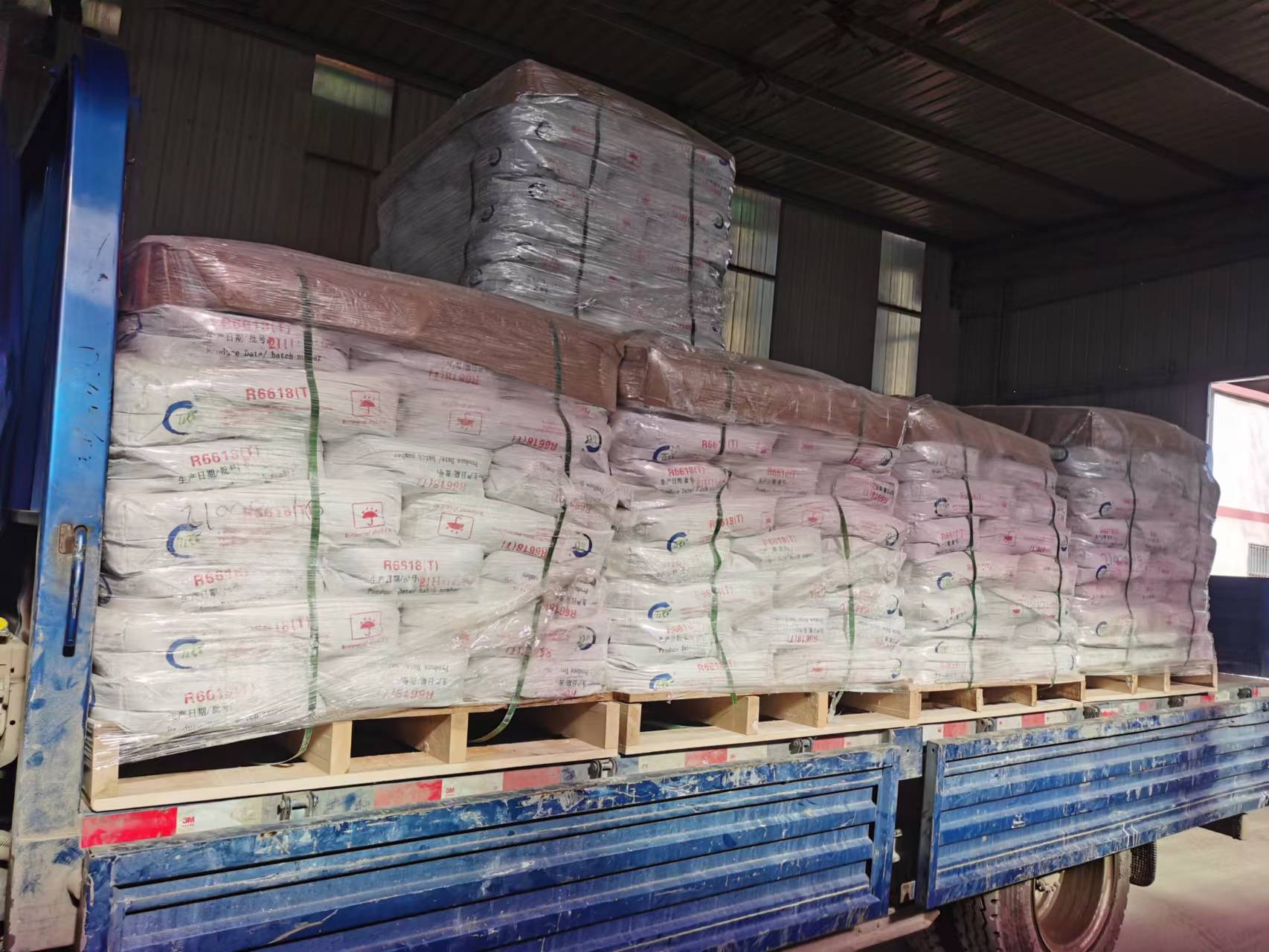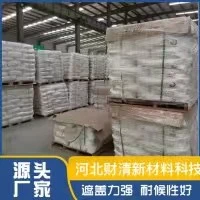
مايو . 28, 2025 22:50 Back to list
Premium Nanoscale Titanium Dioxide Manufacturer Wholesale Supplier
- Introduction to Nanoscale Titanium Dioxide Applications
- Technical Superiority in Particle Engineering
- Manufacturer Comparison: Capacity vs. Certification
- Customized Solutions for Industrial Requirements
- Performance Data Across Key Industries
- Innovations in Surface Modification Techniques
- Why Choose China-Based Nanoscale TiO₂ Suppliers

(nanoscale titanium dioxide)
Understanding Nanoscale Titanium Dioxide's Industrial Significance
Nanoscale titanium dioxide (TiO₂) has emerged as a transformative material across 14 major industries, from advanced photocatalysis to UV-resistant coatings. With particle sizes ranging 10-100nm, this engineered material demonstrates 98% light reflectivity and 85% photocatalytic efficiency in laboratory conditions, outperforming conventional micron-scale alternatives.
Technical Superiority in Particle Engineering
Leading manufacturers employ plasma-assisted synthesis to achieve:
- Precision particle distribution (σ < 0.15)
- Stable crystallinity (≥80% anatase phase)
- Surface area optimization (35-65 m²/g)
Third-party testing confirms 99.9% antimicrobial efficiency under ISO 27447 standards, with 500-cycle abrasion resistance in polymer composites.
Manufacturer Comparison: Capacity vs. Certification
| Manufacturer | Annual Output | Certifications | Price/kg (USD) |
|---|---|---|---|
| Supplier A | 12,000 MT | REACH, ISO 9001 | 18.50 |
| Supplier B | 8,500 MT | FDA 21 CFR | 22.80 |
| China Supplier C | 25,000 MT | ISO 14001, OHSAS | 15.90 |
Customized Solutions for Industrial Requirements
Specialized surface treatments enable:
- Hydrophobic variants (contact angle >150°) for self-cleaning coatings
- Silane-coupled grades for rubber reinforcement (300% modulus improvement)
- Doped formulations for visible-light photocatalysis
Performance Data Across Key Industries
Field testing data reveals:
Water treatment systems show 78% faster organic degradation vs. benchmark materials. Construction composites demonstrate 40MPa compressive strength enhancement at 3% loading.
Innovations in Surface Modification Techniques
Advanced functionalization methods including:
- Atomic layer deposition (ALD) coating
- Plasma-enhanced chemical vapor deposition
- pH-stable dispersion technology (±0.3 variance)
Strategic Advantages of China Nanoscale Titanium Dioxide
Chinese manufacturers now supply 62% of global nanoscale TiO₂ demand, leveraging:
- Vertical integration from ilmenite mining
- Closed-loop production systems (98% material utilization)
- R&D investment exceeding 8% of annual revenue
Independent analysis confirms 30-40% cost advantages over Western producers while maintaining JIS K 5116 and ASTM D476-15 compliance.

(nanoscale titanium dioxide)
FAQS on nanoscale titanium dioxide
Q: Where can I find wholesale nanoscale titanium dioxide suppliers?
A: Reliable wholesale suppliers of nanoscale titanium dioxide can be sourced through specialized chemical distributors or directly from manufacturers, particularly in China, which hosts numerous certified producers.
Q: How to identify a reputable nanoscale titanium dioxide manufacturer?
A: Look for manufacturers with ISO certifications, proven industry experience, and positive client reviews. Chinese manufacturers often provide detailed technical specifications and bulk-order support.
Q: Why choose China-based nanoscale titanium dioxide producers?
A: China is a global hub for nanoscale titanium dioxide production, offering competitive pricing, advanced manufacturing facilities, and scalable solutions for industrial and commercial applications.
Q: What applications is nanoscale titanium dioxide commonly used for?
A: It is widely used in sunscreens, coatings, plastics, and photocatalysts due to its UV-blocking, antibacterial, and high-stability properties at the nanoscale level.
Q: What quality standards apply to nanoscale titanium dioxide products?
A: Quality is ensured through standards like ISO 9001, REACH compliance, and ASTM testing. Reputable suppliers provide material safety data sheets (MSDS) and batch-specific analysis reports.
-
High Quality China Black Iron Oxide Powder Supplier Competitive Price & Fast Delivery
NewsJul.08,2025
-
High Quality Titanium Dioxide Used in Rubber – Trusted Supplier & Factory Price
NewsJul.08,2025
-
High Purity Barium Sulfate Particle Size - Wholesale Manufacturer from China
NewsJul.07,2025
-
Premium Titanium Dioxide Lomon R-996 Supplier – Quality & Wholesale Price from China
NewsJul.07,2025
-
Top Titanium Manufacturers in China - Quality Titanium Dioxide Supplier & Production Line Solutions
NewsJul.06,2025
-
OEM Titanium White Supplier & Factory – High Purity, Consistent Quality for Industrial Use
NewsJul.06,2025
